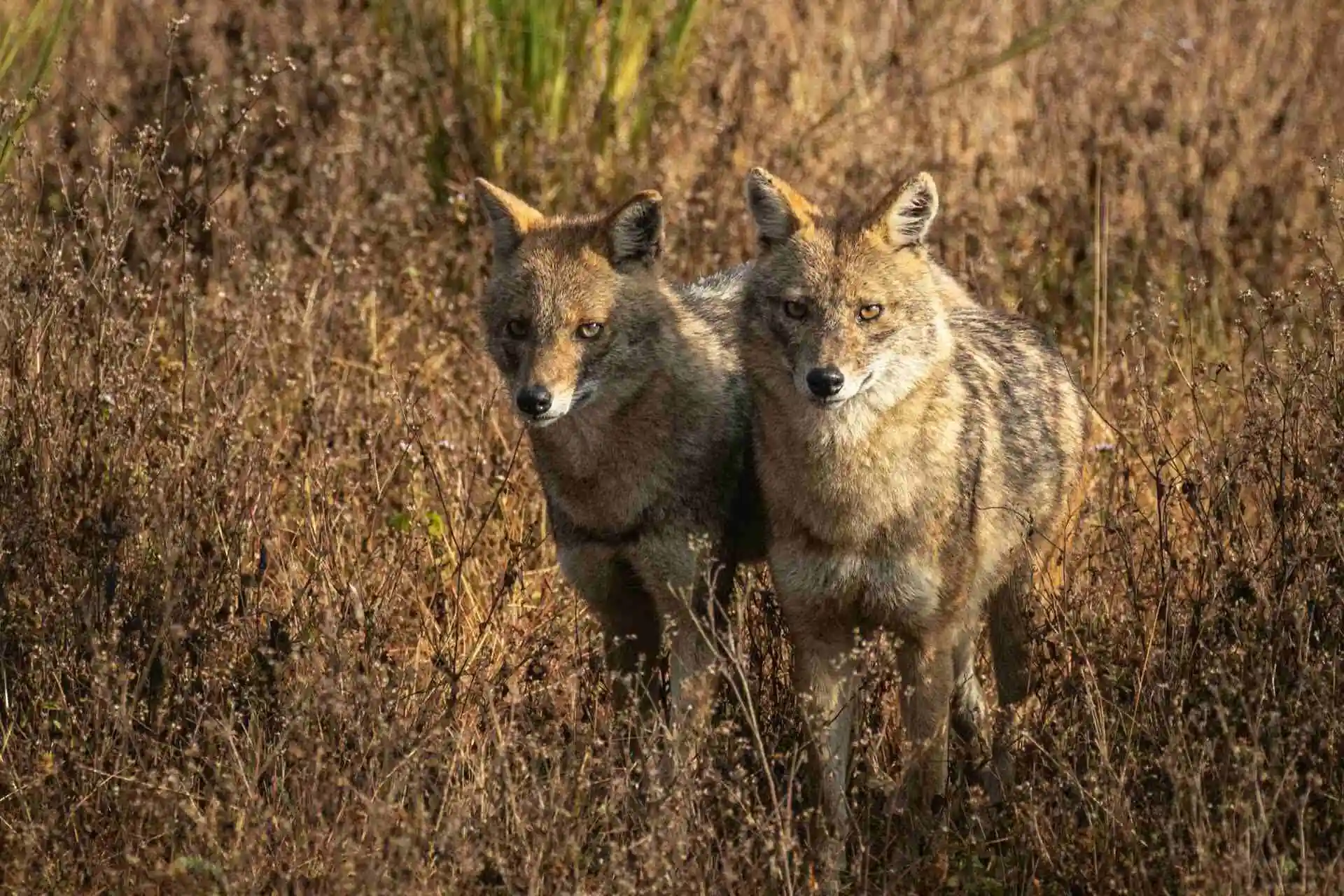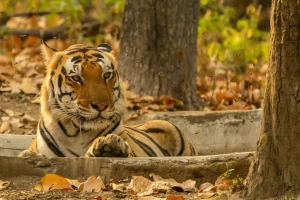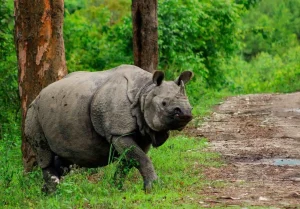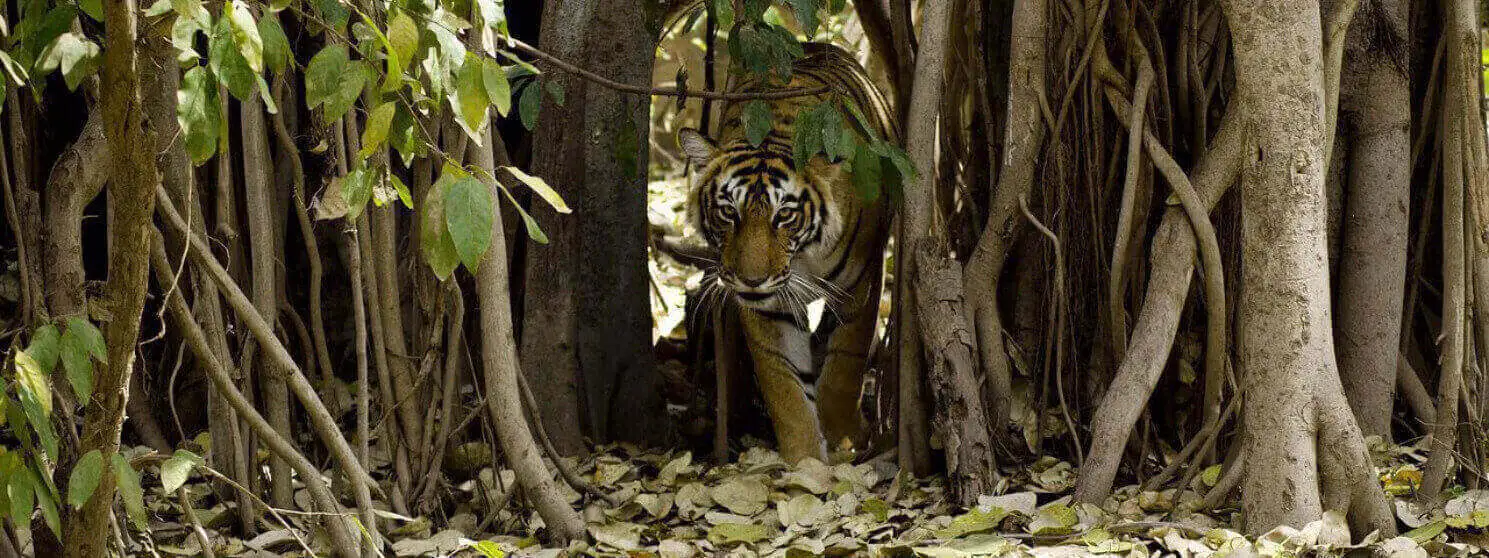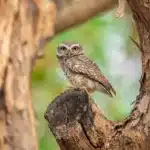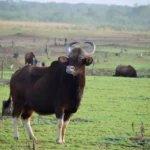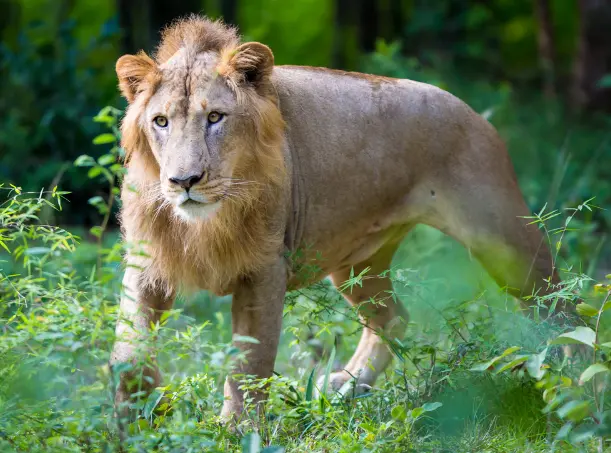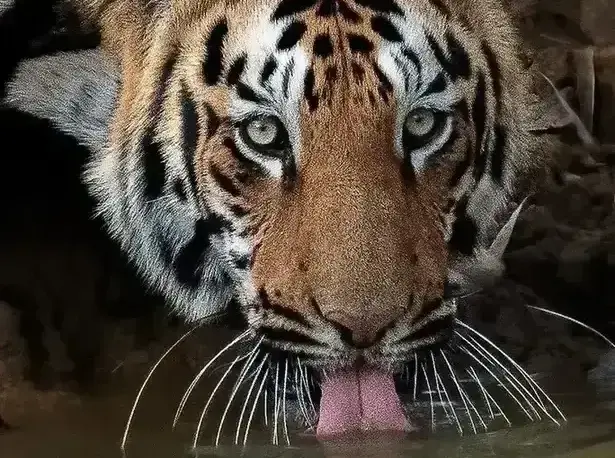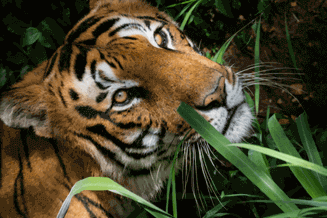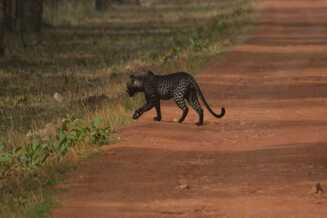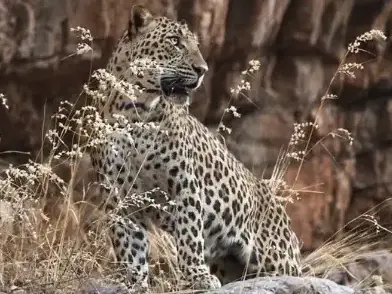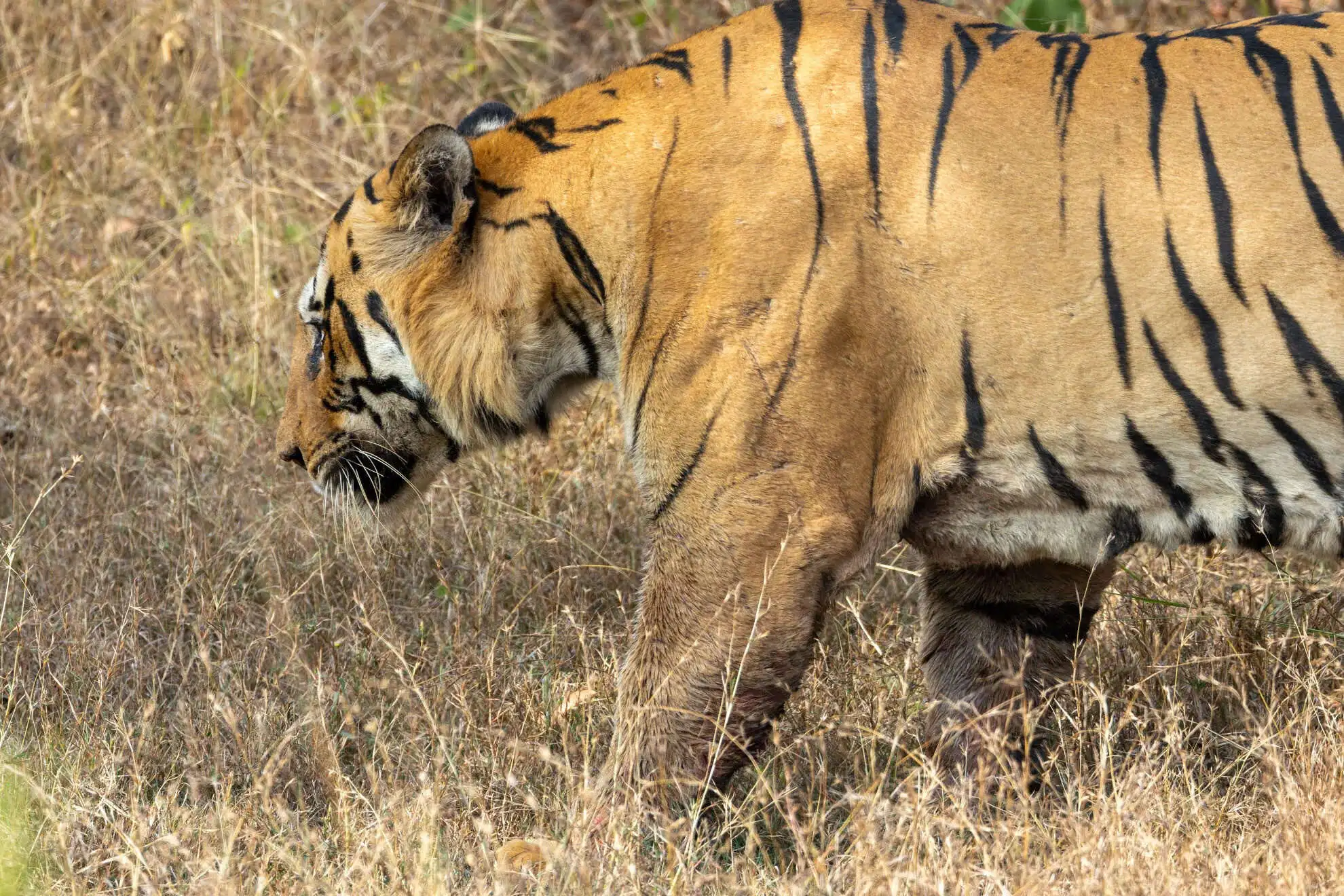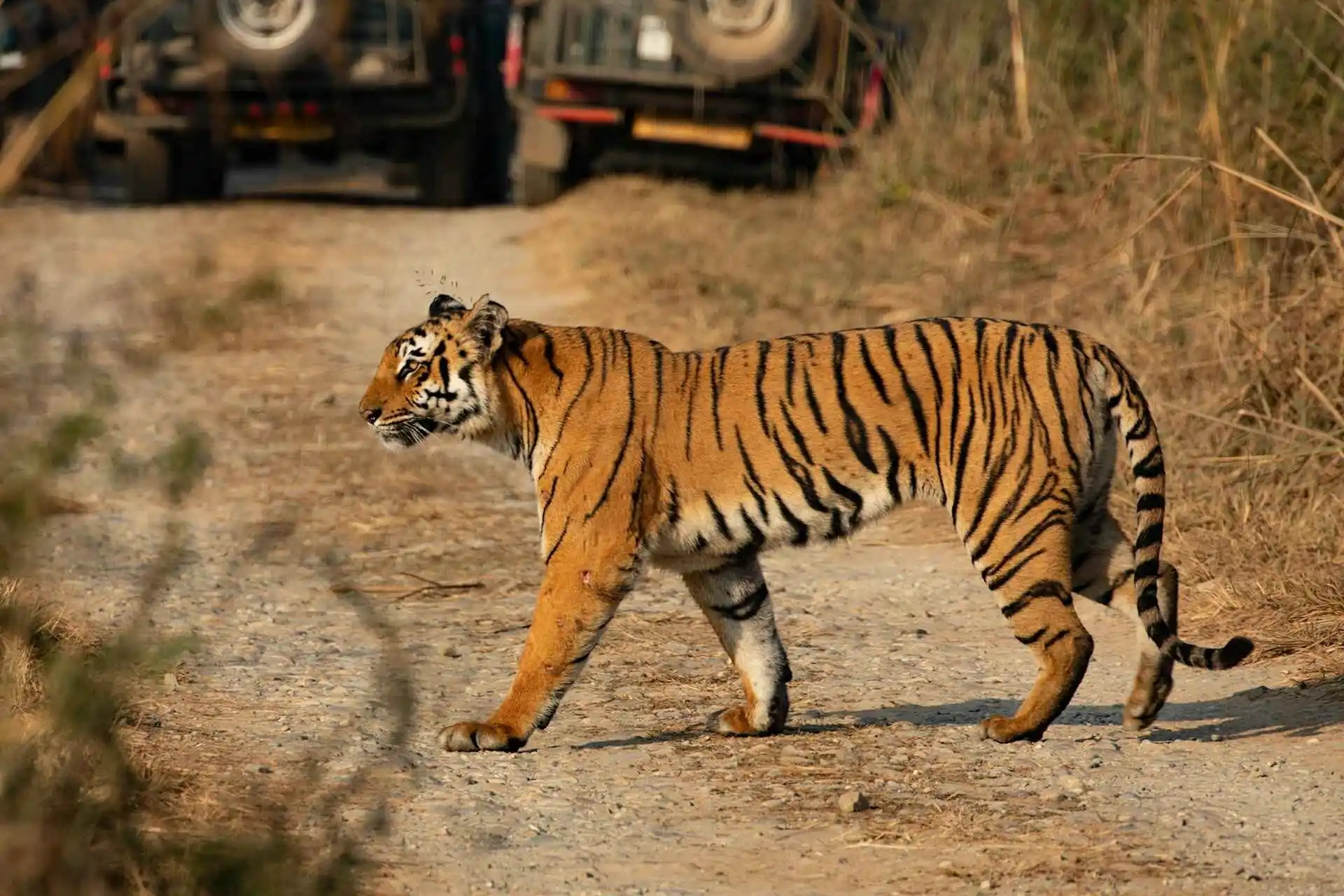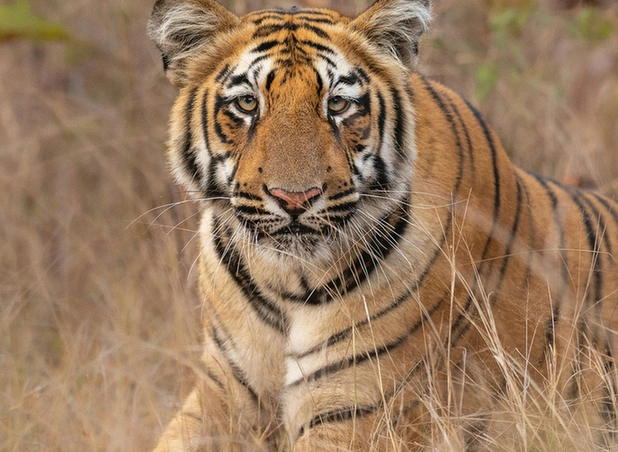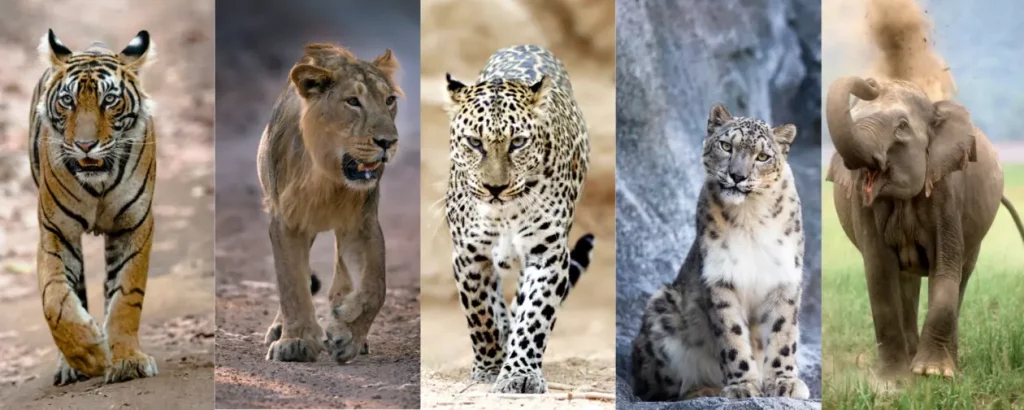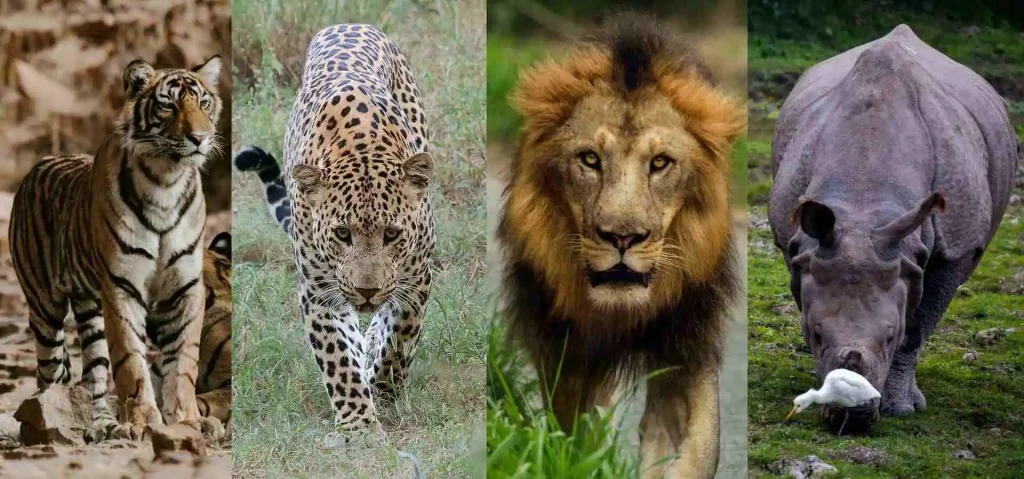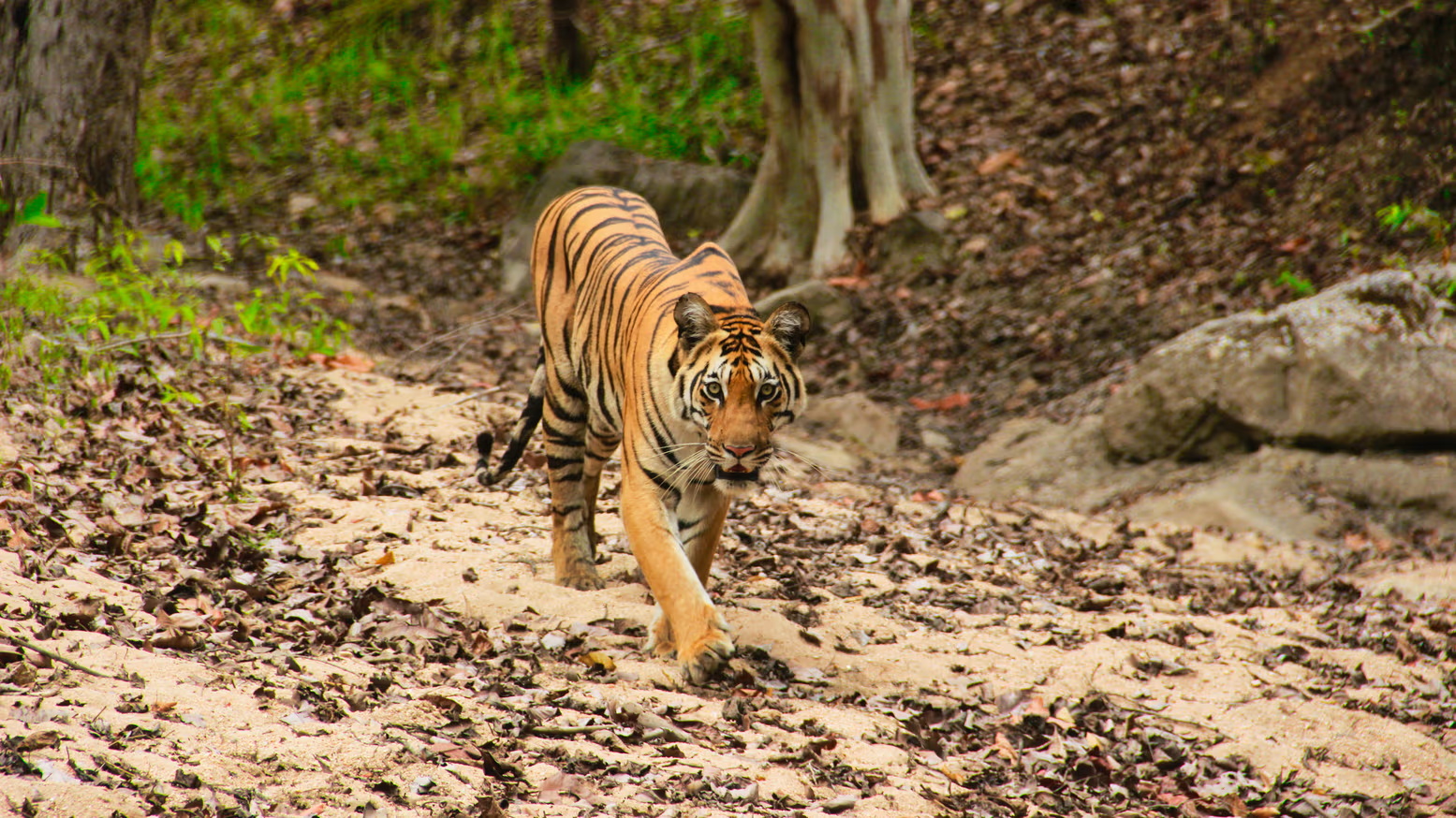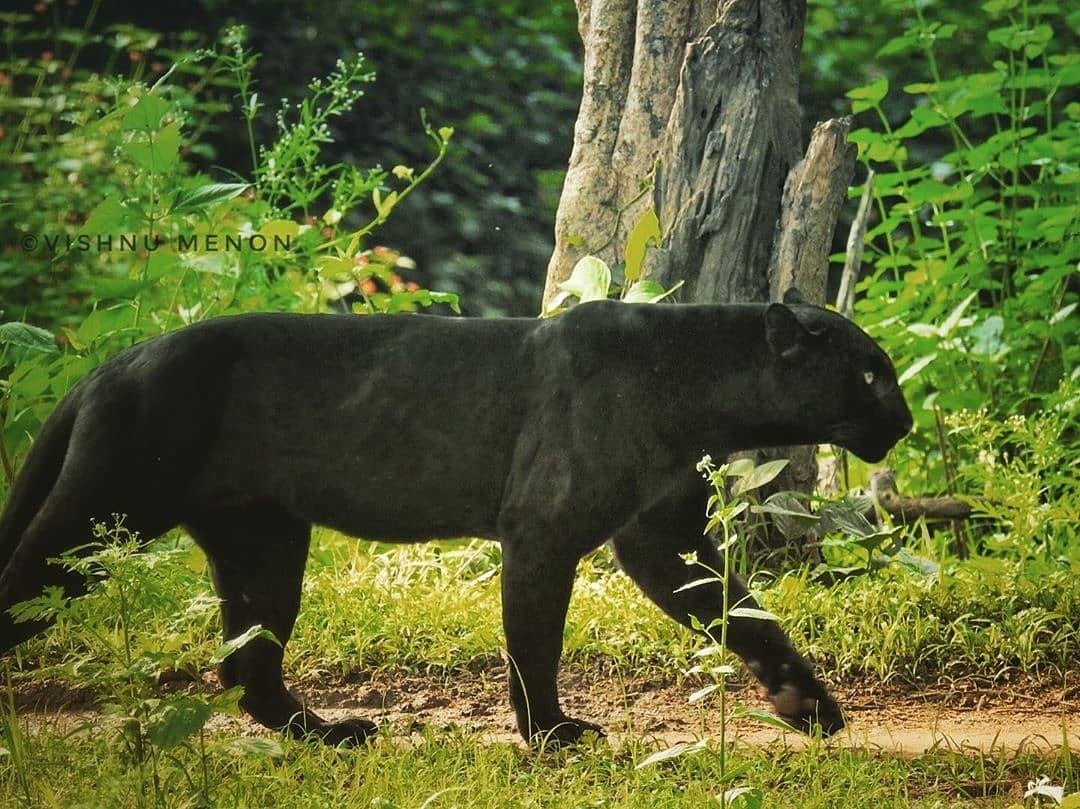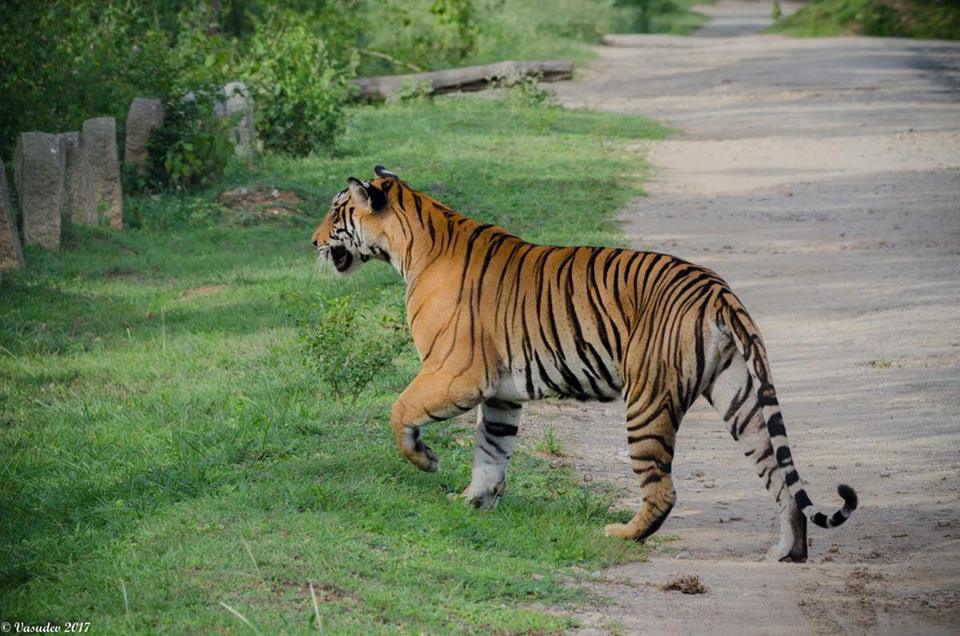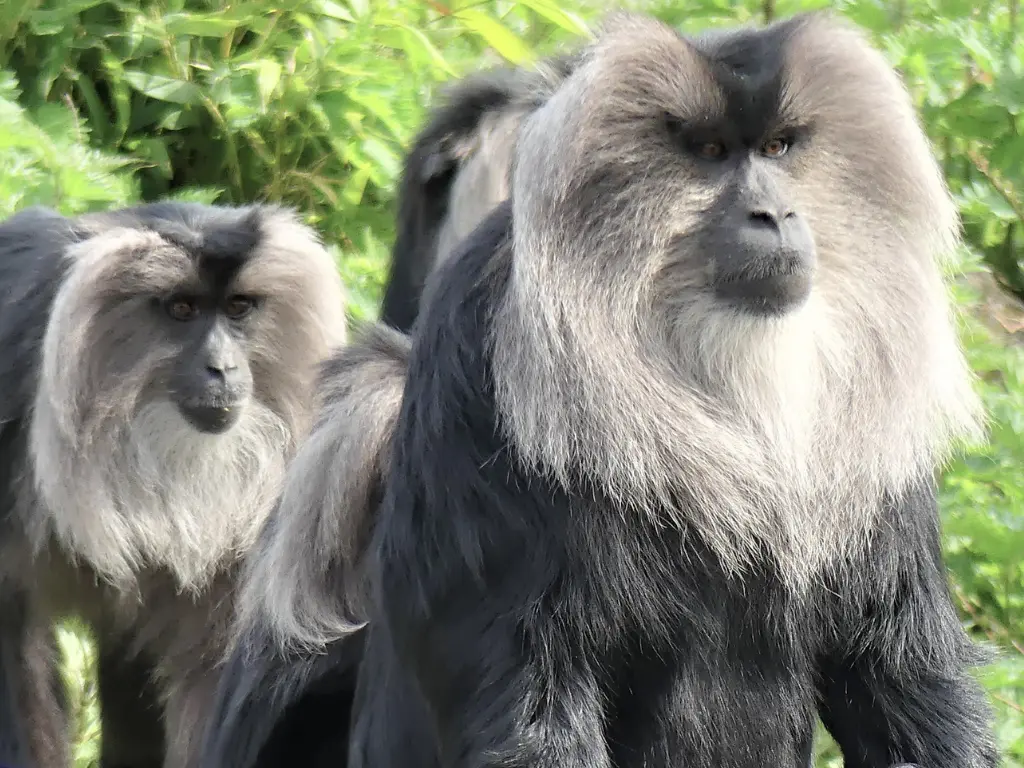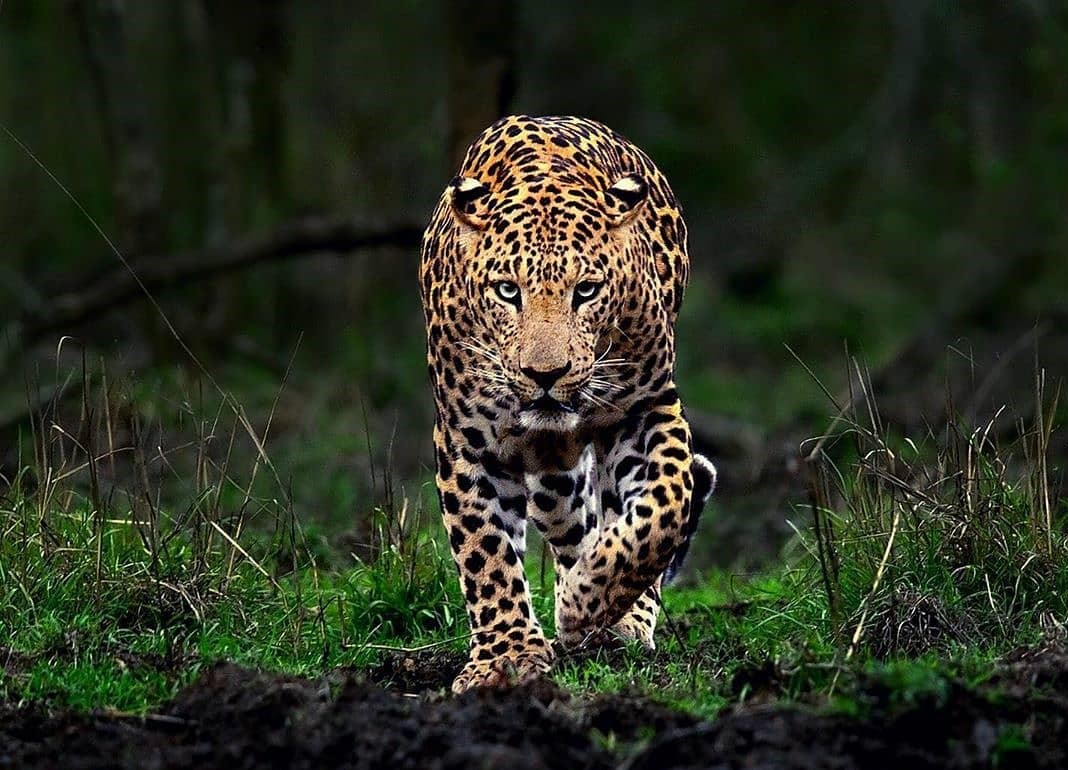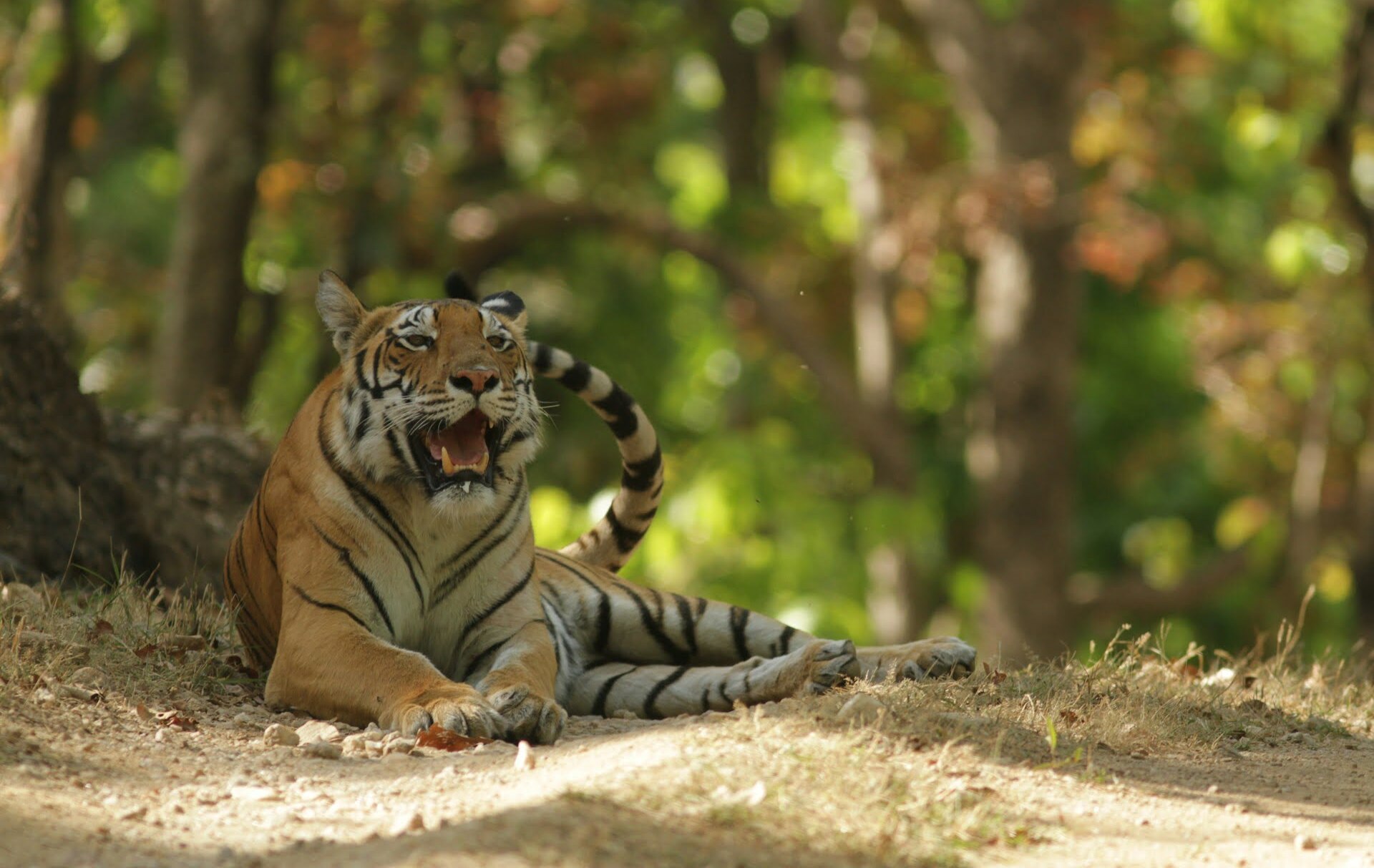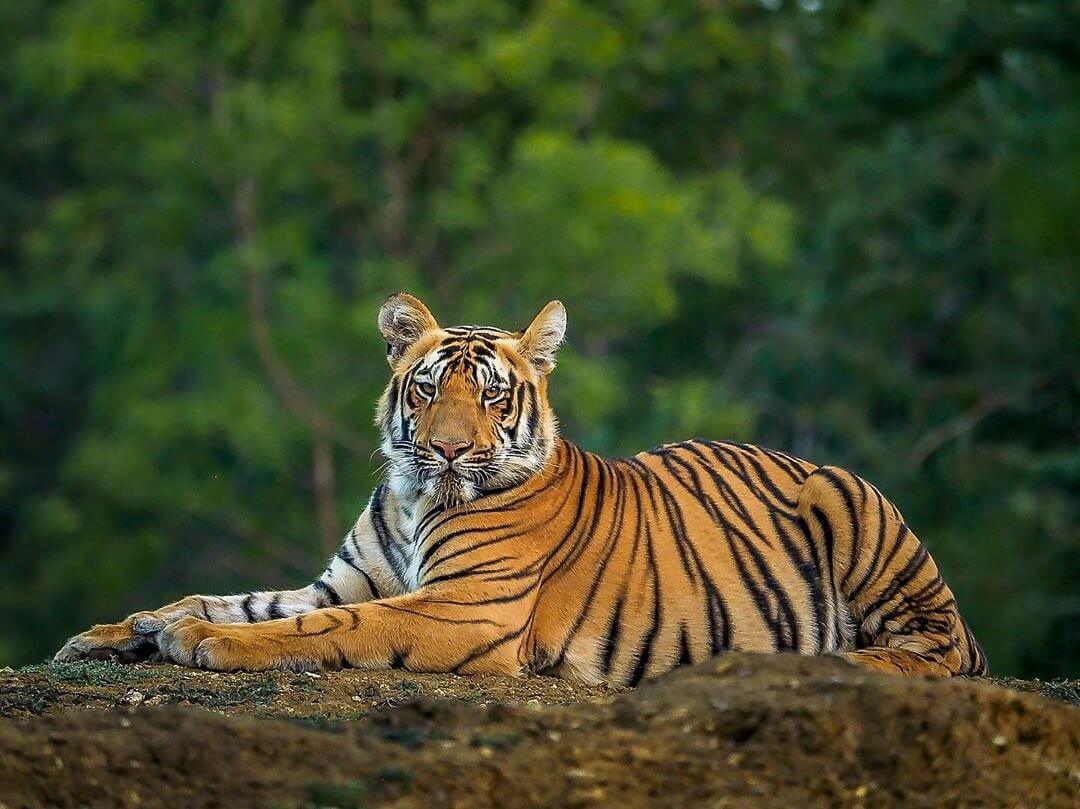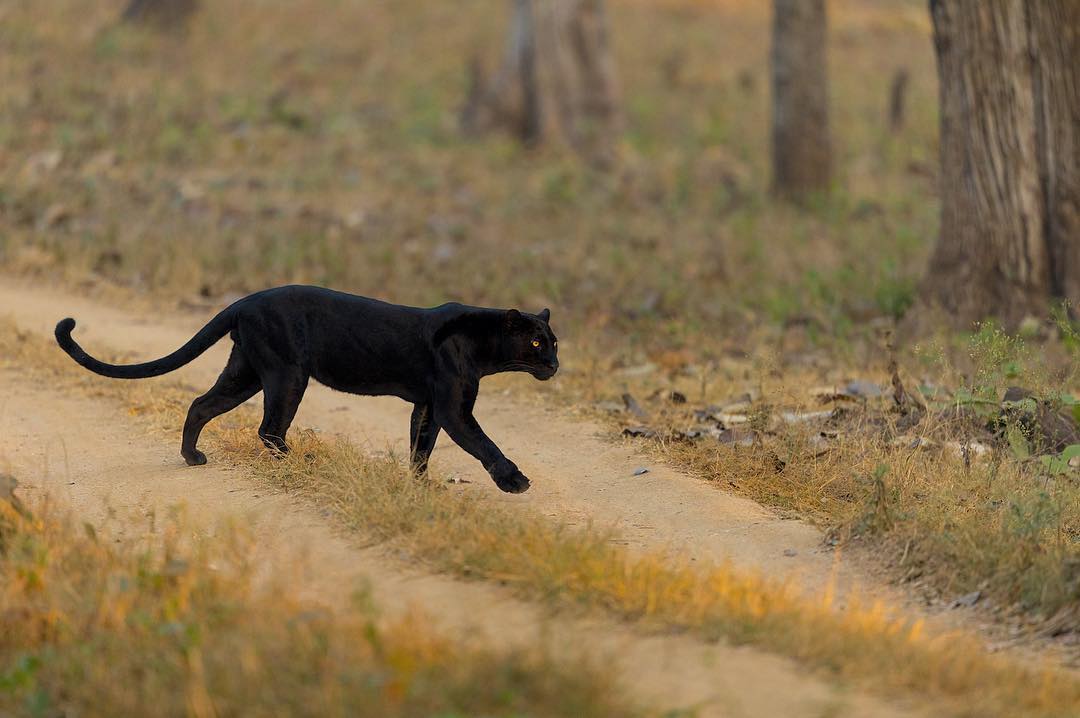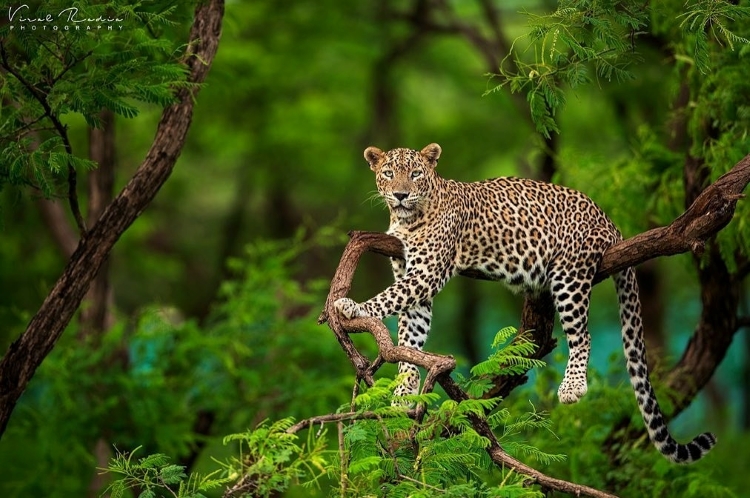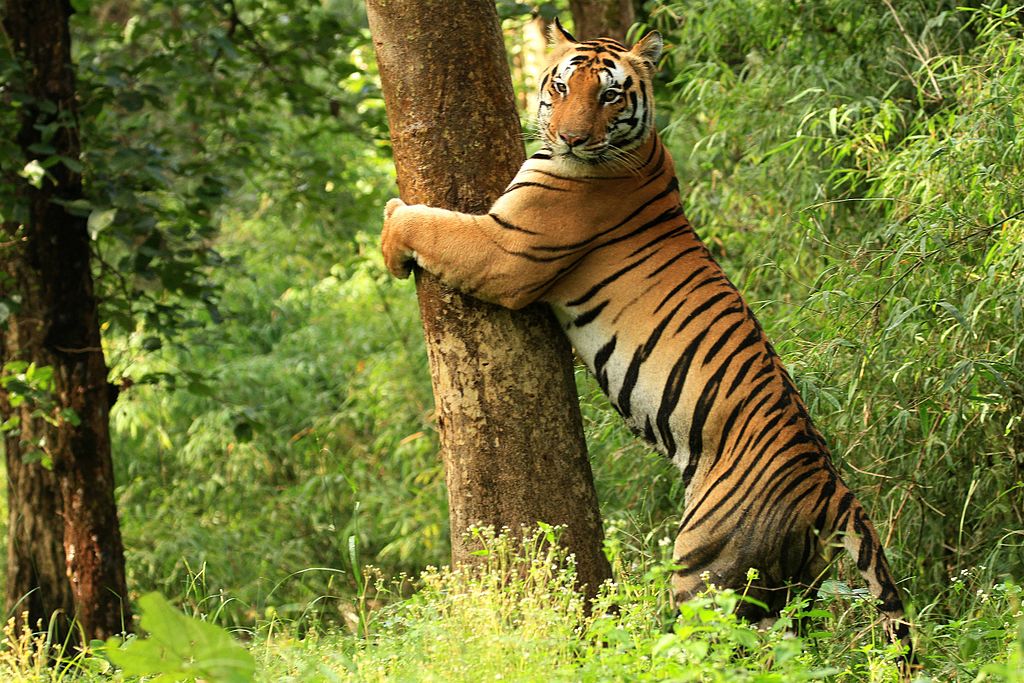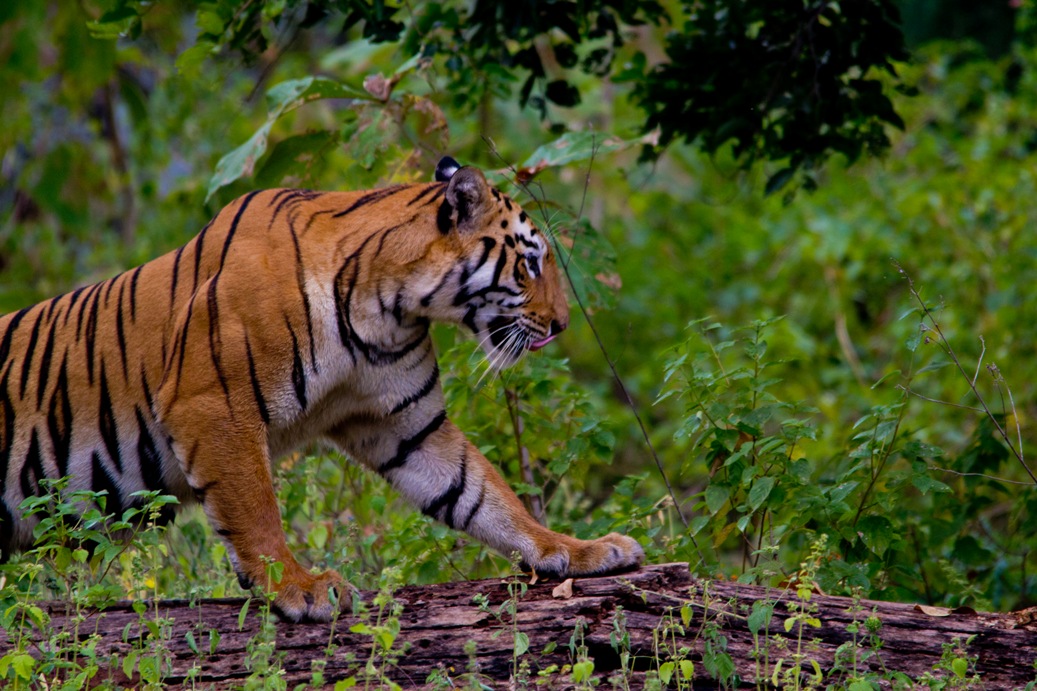Tigers and leopards often steal the show, but the golden jackal quietly holds its ground in India’s wild landscapes. It’s smart, adaptable, and more social than most people think. While many species struggle to survive in changing habitats, the golden jackal finds ways to live and even thrive. Interestingly, it’s the only jackal species found in the Indian subcontinent. It’s time we give this sharp survivor the attention and respect it truly deserves.
What They Look Like
Golden jackals have a lean, medium-sized body with long legs and a thick, bushy tail. Their fur varies from pale gold to rusty brown, often mixed with black and grey specks that help them blend into dry grass or forest floors. Many people confuse them with foxes or young wolves, but jackals have a more narrow face and sharper features that set them apart.
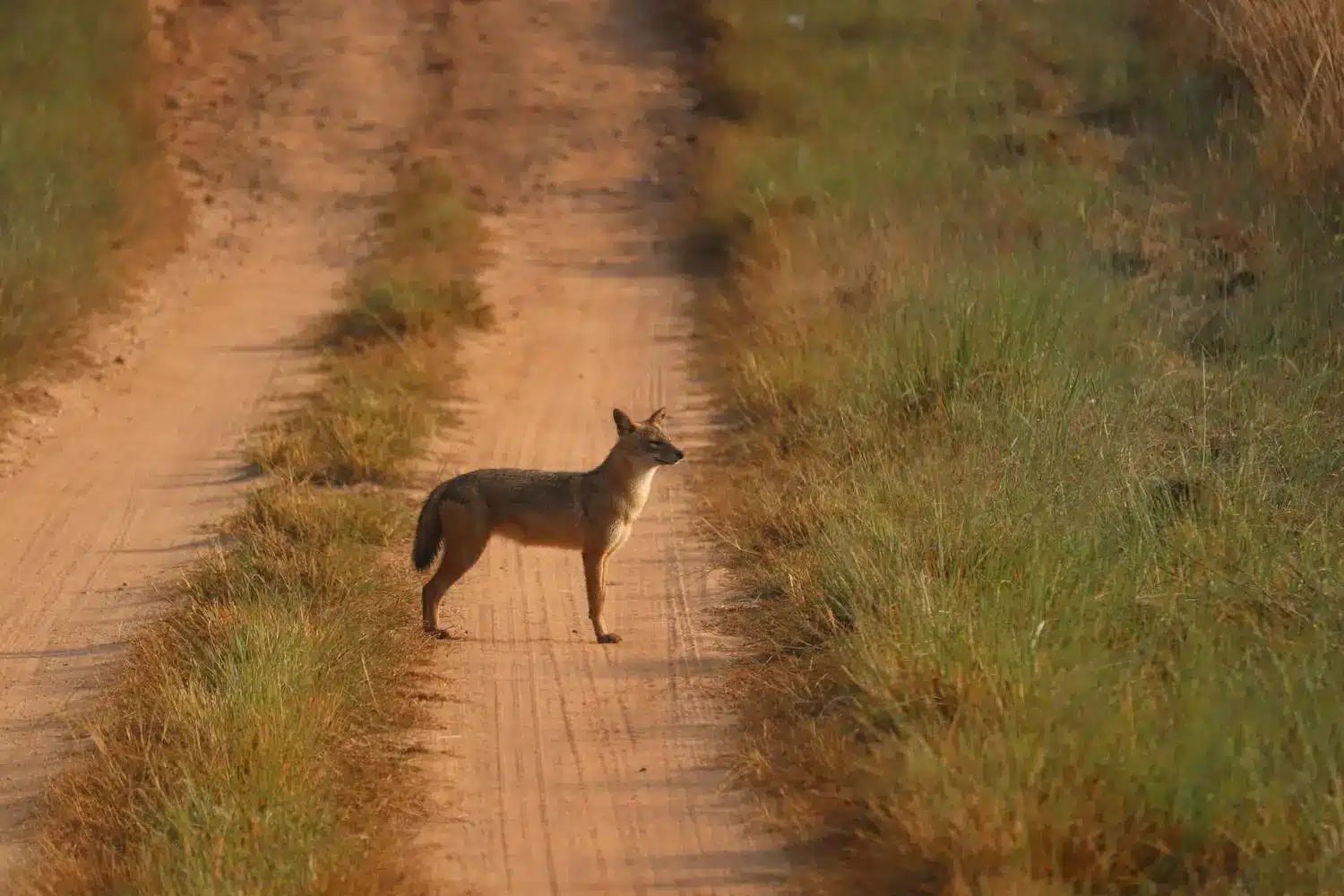
Key Characteristic Table
| Characteristic | Description |
|---|---|
| Scientific Name | Canis aureus |
| Size | 70-85 cm in body length (excluding tail) |
| Weight | 8-10 kg (can vary slightly by region) |
| Conservation Status | Least Concern (IUCN) |
| Breeding Season | October to March |
| Diet | Omnivore - eats rodents, birds, insects, fruits, carrion, and more |
Where Golden Jackals Are Found in India
Golden jackals are incredibly adaptable and can be found in a variety of habitats across the country, including:
- Dry scrublands and thorn forests
- Open grasslands and savannah-like plains
- Mangrove forests like the Sundarbans
- Agricultural fields and village outskirts
- Foothills and riverine areas
Top national parks to spot golden jackals:
- Ranthambhore National Park (Rajasthan)
- Pench Tiger Reserve (Madhya Pradesh/Maharashtra)
- Corbett Tiger Reserve (Uttarakhand)
- Kanha Tiger Reserve (Madhya Pradesh)
- Gir National Park (Gujarat)
- Sundarbans National Park (West Bengal)
Behavior and Lifestyle
Golden jackals usually live in pairs or close-knit family groups. They are highly territorial and use calls, scent marking, and body language to protect their space. You’ll often hear their sharp howls and yelps in the evening, a chilling yet fascinating sound that echoes through the forest. These calls help them communicate with their partner or warn other jackals to stay away.
They’re smart, adaptable, and quick to take advantage of any opportunity. Whether it’s hunting small prey, raiding a fruit patch, or scavenging leftovers from larger predators, jackals know how to make the most of what’s available. In some areas, they’ve even learned to follow tigers or leopards at a distance, waiting patiently for scraps. Their ability to work together and adapt to both wild and human-dominated landscapes is what makes them such successful survivors.
What They Eat?
Golden jackals aren’t fussy eaters. They’ll go after whatever’s easy to catch or find. Their diet includes rodents, birds, reptiles, insects, and even fish when near water. They also eat fruits, berries, and roots, especially when meat is scarce.
One of their biggest strengths is scavenging. If a tiger or leopard leaves behind a kill, jackals are quick to move in and clean up. This not only helps them survive but also keeps the forest clean. In villages or farmlands, they might feed on leftover crops or kitchen waste, which sometimes leads to conflict with people. But overall, their flexible diet is a big reason why they thrive in so many different places.
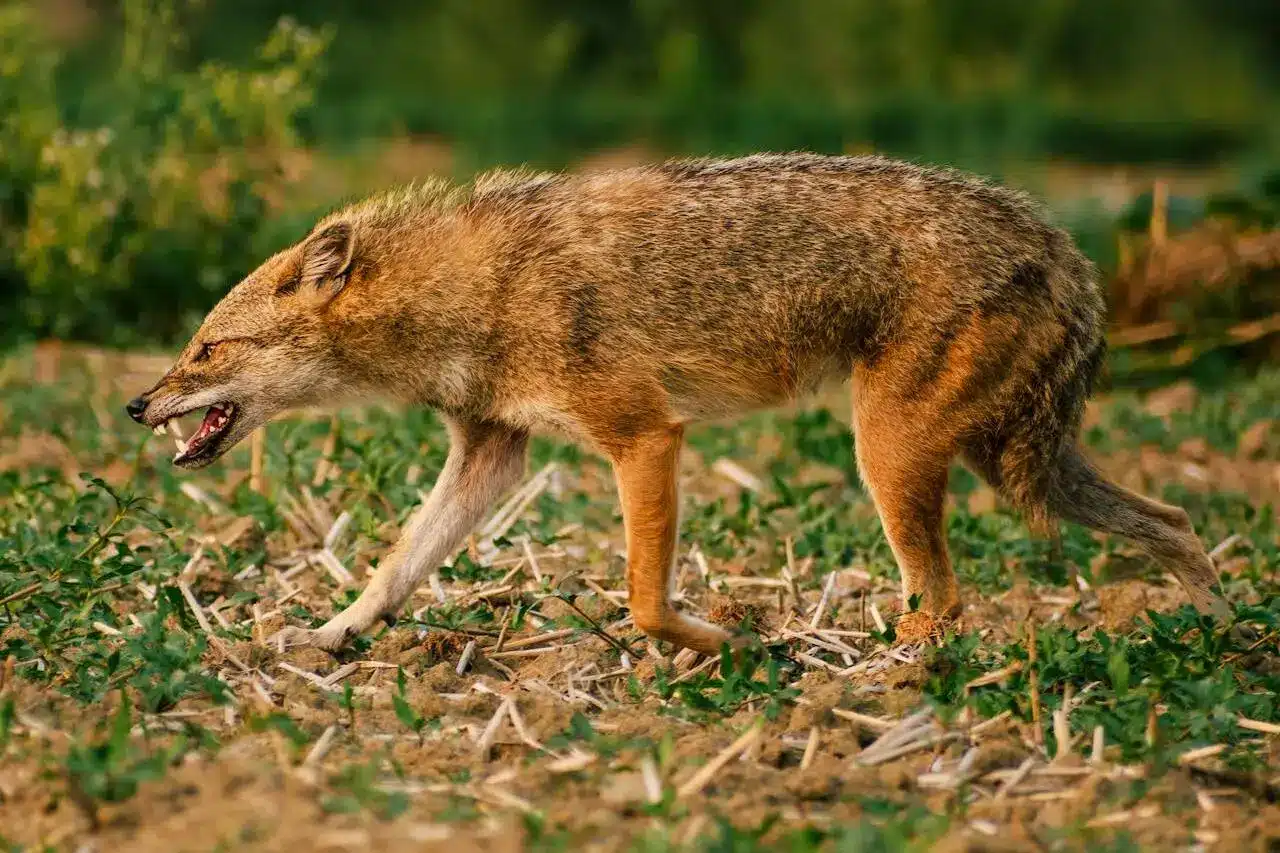
Family and Breeding
Golden jackals are loyal partners and usually stay with one mate for life. Their breeding season runs from October to March. When the time comes, the female gives birth in a hidden den, often dug in the ground or tucked under thick bushes.
What’s heartwarming is how involved both parents are in raising the pups. In some cases, even older siblings pitch in to help feed and protect the new litter. The pups stay with the family for several months, learning how to hunt and survive. This strong family bond and teamwork give the young jackals a solid start in the wild.
Their Role in the Ecosystem
Golden jackals may not look like it, but they play a big part in keeping nature balanced. As scavengers, they help clean up the forest by feeding on dead animals, which reduces the spread of disease. They also control the population of rodents, insects, and other small animals that could otherwise grow out of hand.
In farming areas, they sometimes help by keeping crop-damaging pests in check. Their presence supports a healthier food chain, both in wild and human-affected landscapes. Without jackals, some ecosystems would quickly feel the impact. They’re nature’s quiet cleaners and smart problem-solvers.
Threats and Human Conflict
Golden jackals face several challenges despite their adaptability:
- Roadkills are common, especially in areas near human settlements.
- Habitat loss due to expanding farmland and urban development.
- Human-wildlife conflict, especially near villages where jackals may be seen as pests.
- Cultural myths and superstitions in some regions label jackals as bad omens, leading to persecution.
- Competition with feral dogs and larger predators in shared habitats.
These challenges may not seem big in isolation, but together they quietly chip away at the golden jackal’s space and safety.
Conservation Status
Golden jackals are currently listed as Least Concern by the IUCN, and their numbers in India remain fairly healthy. Recent surveys estimate around 80,000 individuals across the country as of 2025. In Kerala alone, which has some of the most detailed studies, the population is believed to be between 20,000 and 30,000 jackals.
Their population is stable in many regions, and in recent years they have become more visible in urban and semi-urban areas. This adaptability has helped them survive, but challenges remain. Habitat loss, road accidents, and conflict with humans continue to affect them, especially in areas where wild spaces are shrinking. Protecting their habitats and raising awareness about their ecological role are important for their long-term survival.
Best Packages to Spot the Golden Jackal
Jackals in Indian Culture and Folklore
Jackals have held a curious place in Indian stories for centuries. While they are rarely feared like big cats or worshipped like elephants, they show up often in ancient tales, known more for their wit and trickery than their strength.
The Clever Trickster in Panchatantra
In the Panchatantra, one of India’s oldest collections of fables, jackals often play the role of the smart and cunning character. These stories were created to teach lessons about life, and the jackal usually ends up outsmarting other animals, using brains over brawn. Whether it is helping a lion or tricking a crow, the jackal always finds a way to twist the tale in its favor.
Regional Tales and Beliefs
In parts of Rajasthan and Madhya Pradesh, local folk songs and village stories describe jackals as messengers of the jungle. Their howls at night are sometimes taken as signs or warnings, and in older traditions, people would even pause their travels when they heard a jackal call.
In Bengal, the jackal has long appeared in rural myths and storytelling traditions. Some say a jackal’s call before dawn brings news, either good or bad, depending on which side of the path it calls from.
Symbolism in Stories
Across these stories, the jackal is rarely evil. Instead, it is a survivor – clever, bold, and always thinking ahead. In many ways, this reflects its real-world nature. Jackals teach us that sometimes the smallest creature can outwit the mightiest, not by force but by using its mind.
Interesting Facts About Golden Jackals
- Golden jackals can mimic calls of other animals to fool prey.
- They are strong swimmers and have been seen in the Sundarbans’ waterways.
- A jackal can travel up to 10 km in a night while foraging.
- In folklore, jackals are often symbolic creatures – sometimes wise, sometimes sneaky.
- When food is scarce, they may form temporary hunting alliances with other jackals.
Comparison with Other Canid Species of Central India
| Feature | Golden Jackal | Indian Fox | Indian Wolf |
|---|---|---|---|
| Size | Medium | Small | Large |
| Social Behavior | Pairs or small families | Mostly solitary | Lives in packs |
| Preferred Habitat | Forests, grasslands, villages | Open scrub and dry grasslands | Plains and open country |
| Diet | Omnivore and scavenger | Insects, rodents, fruits | Hunts larger prey |
| Seen Near Humans | Often | Rarely | Sometimes |
This table shows the basics, but for a deeper look at all four species jackal, wolf, fox, and wild dog see this blog: Difference Between Jackal, Wolf, Fox, and Wild Dogs (Dhole) in India.
Golden jackals might not grab the spotlight like bigger predators, but they’re clever, tough, and play a big role in keeping the wild in balance. They remind us that surviving out there isn’t just about muscle, it’s about brains, speed, and knowing how to make the most of what you’ve got.

